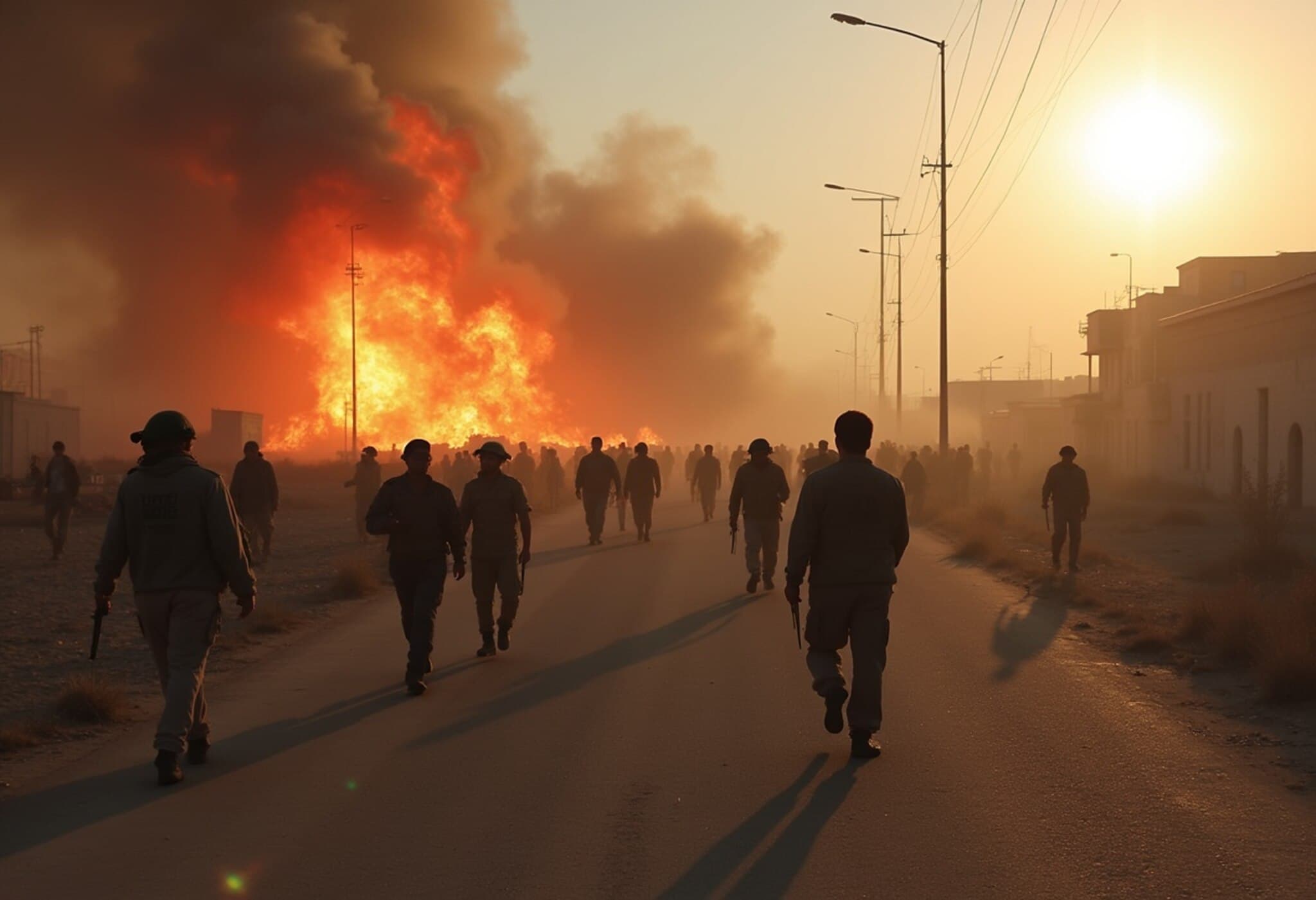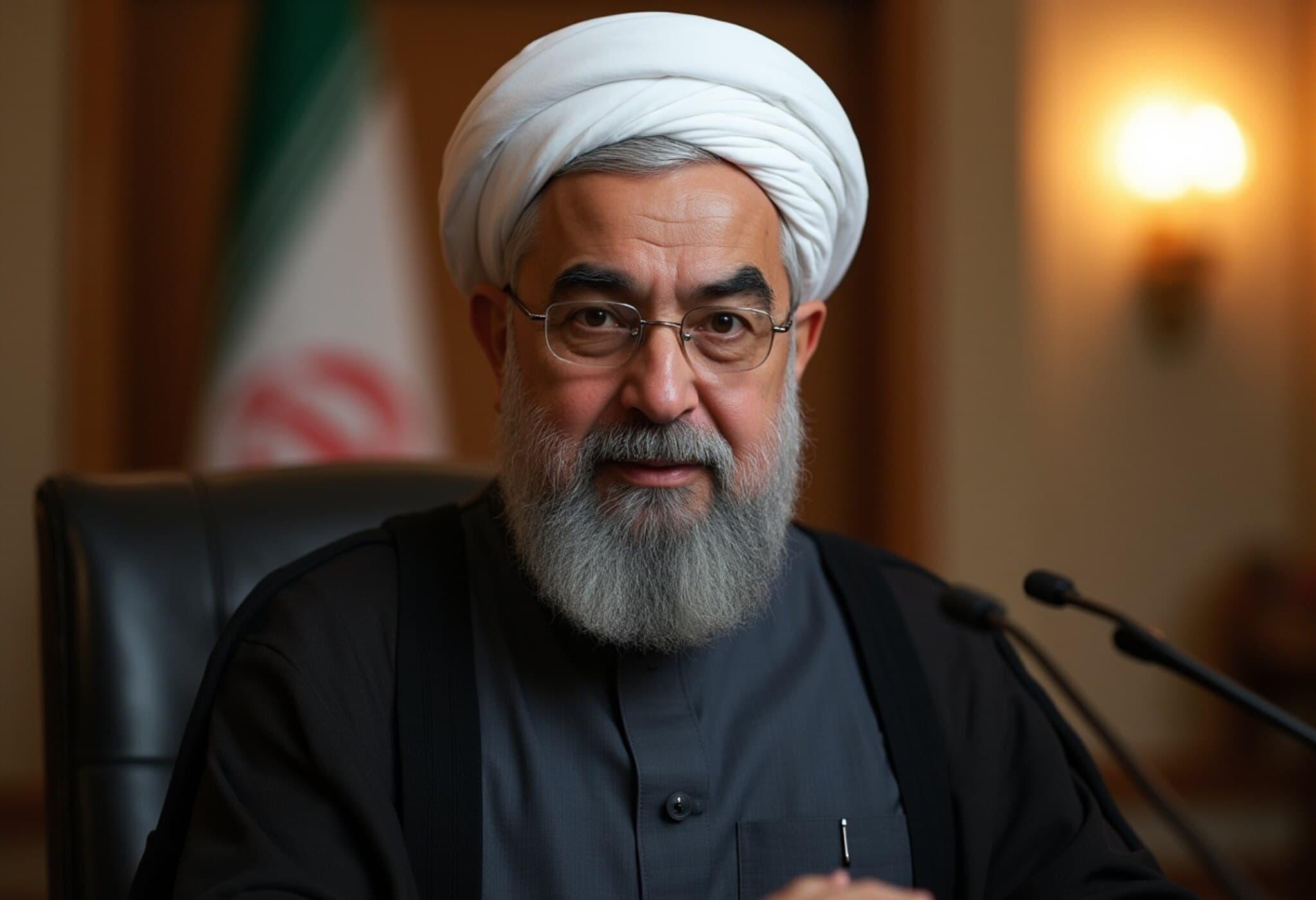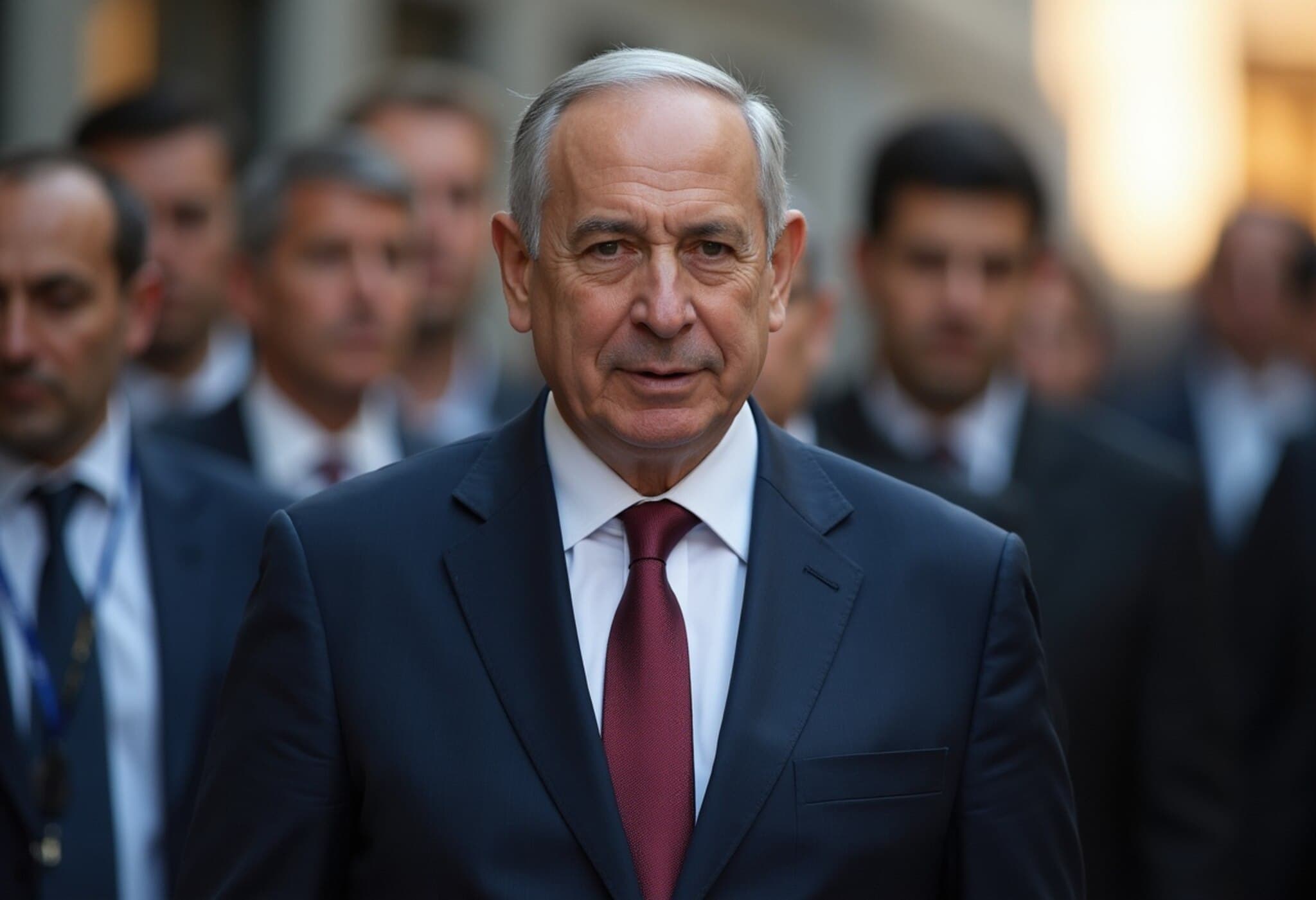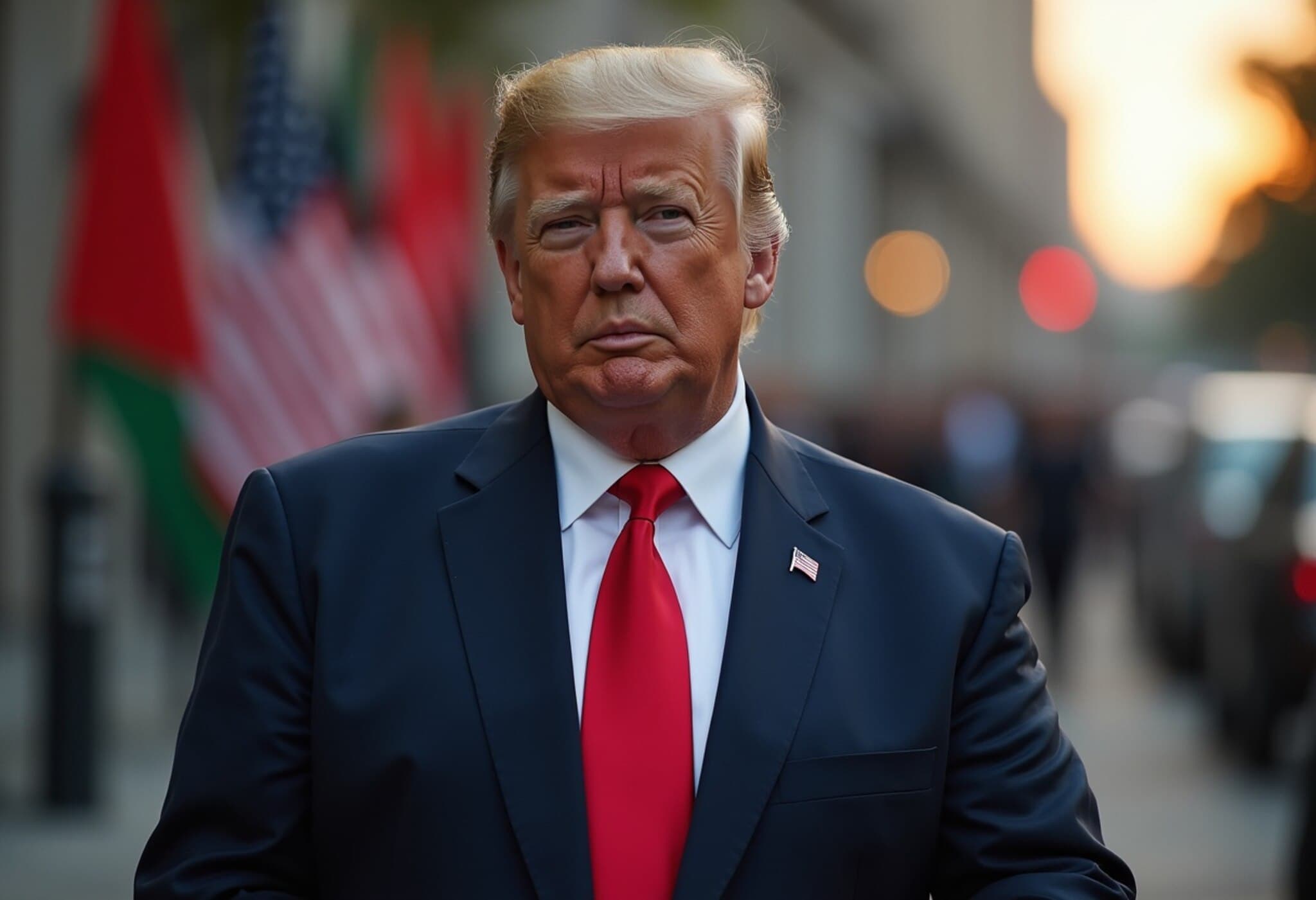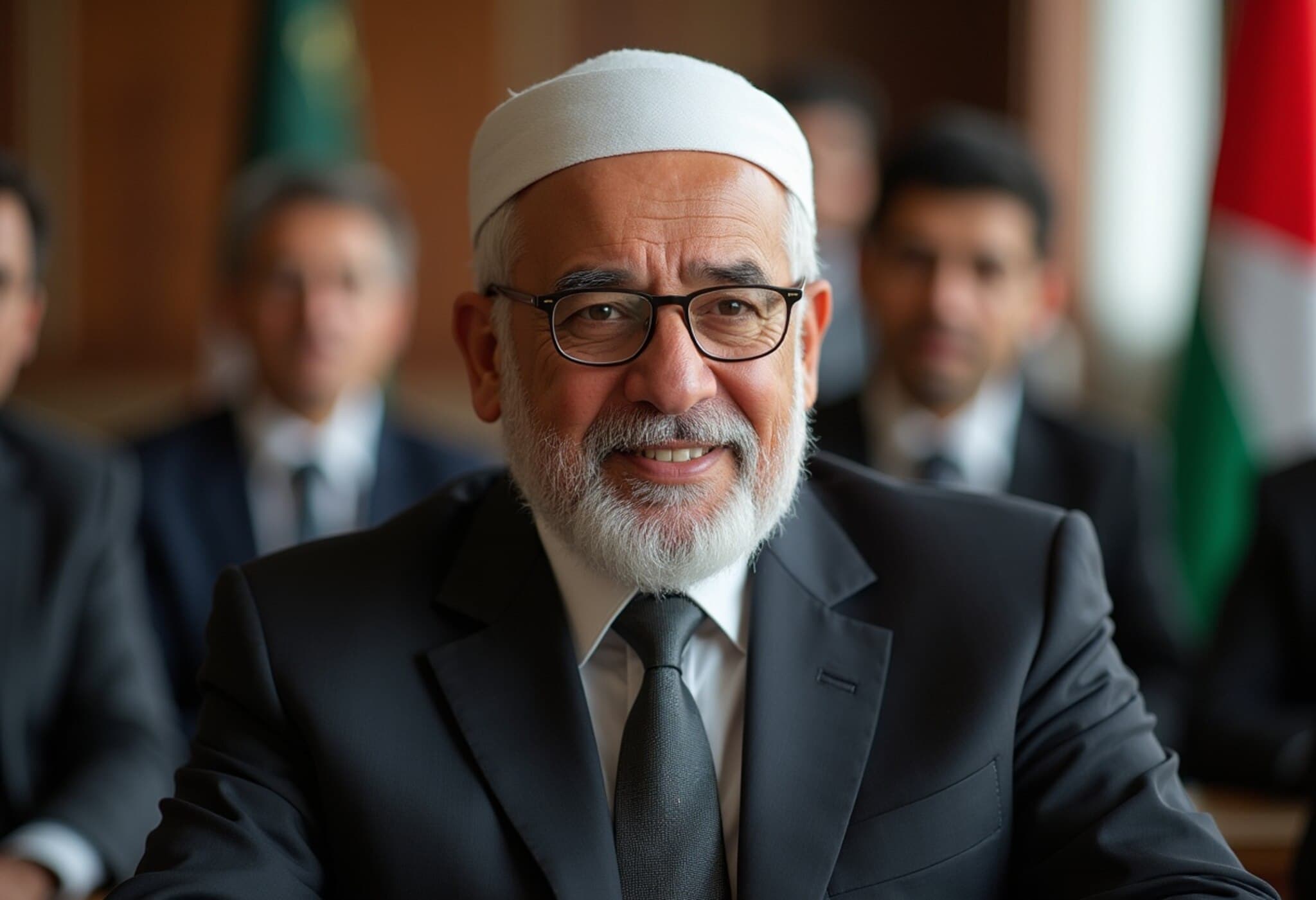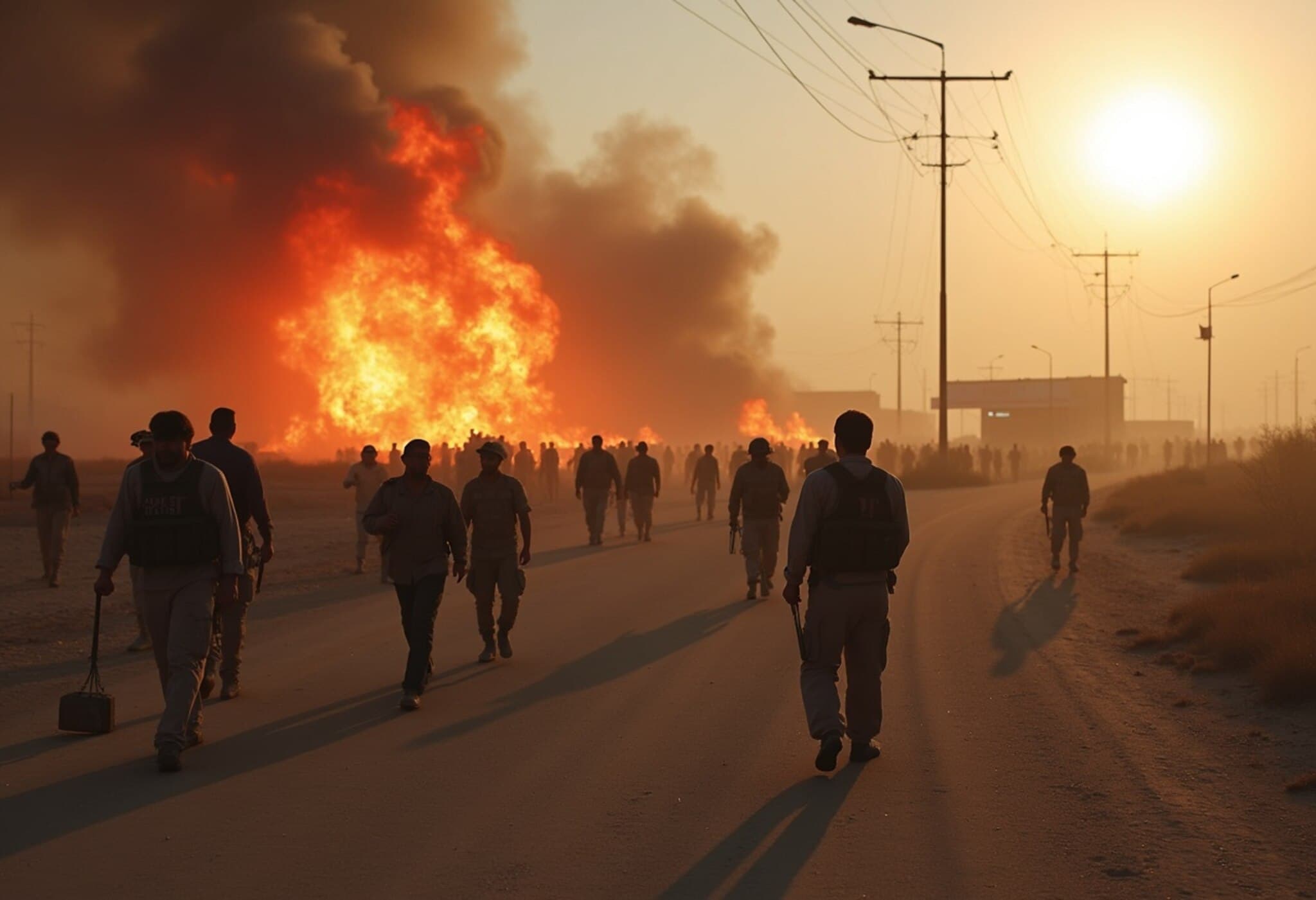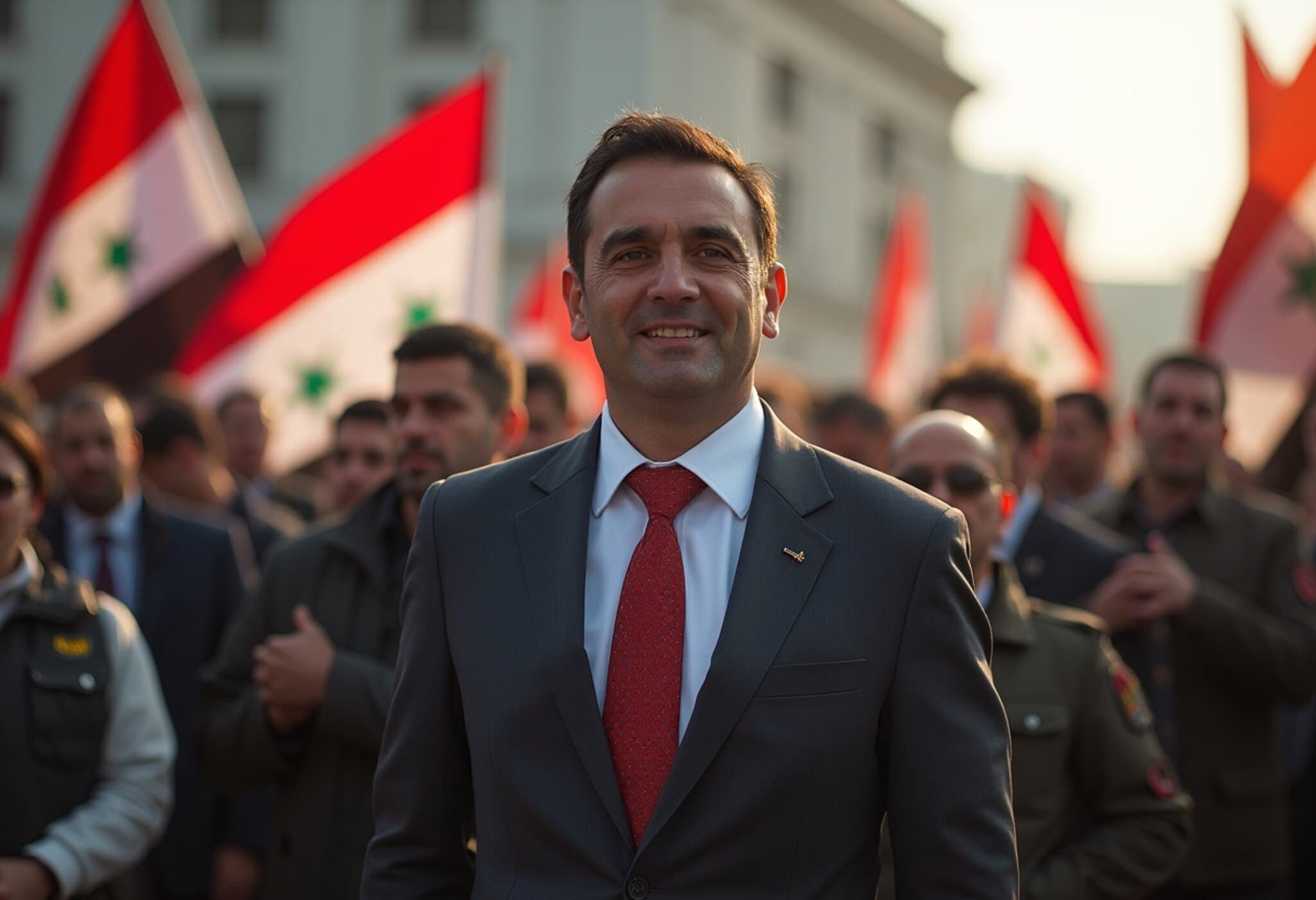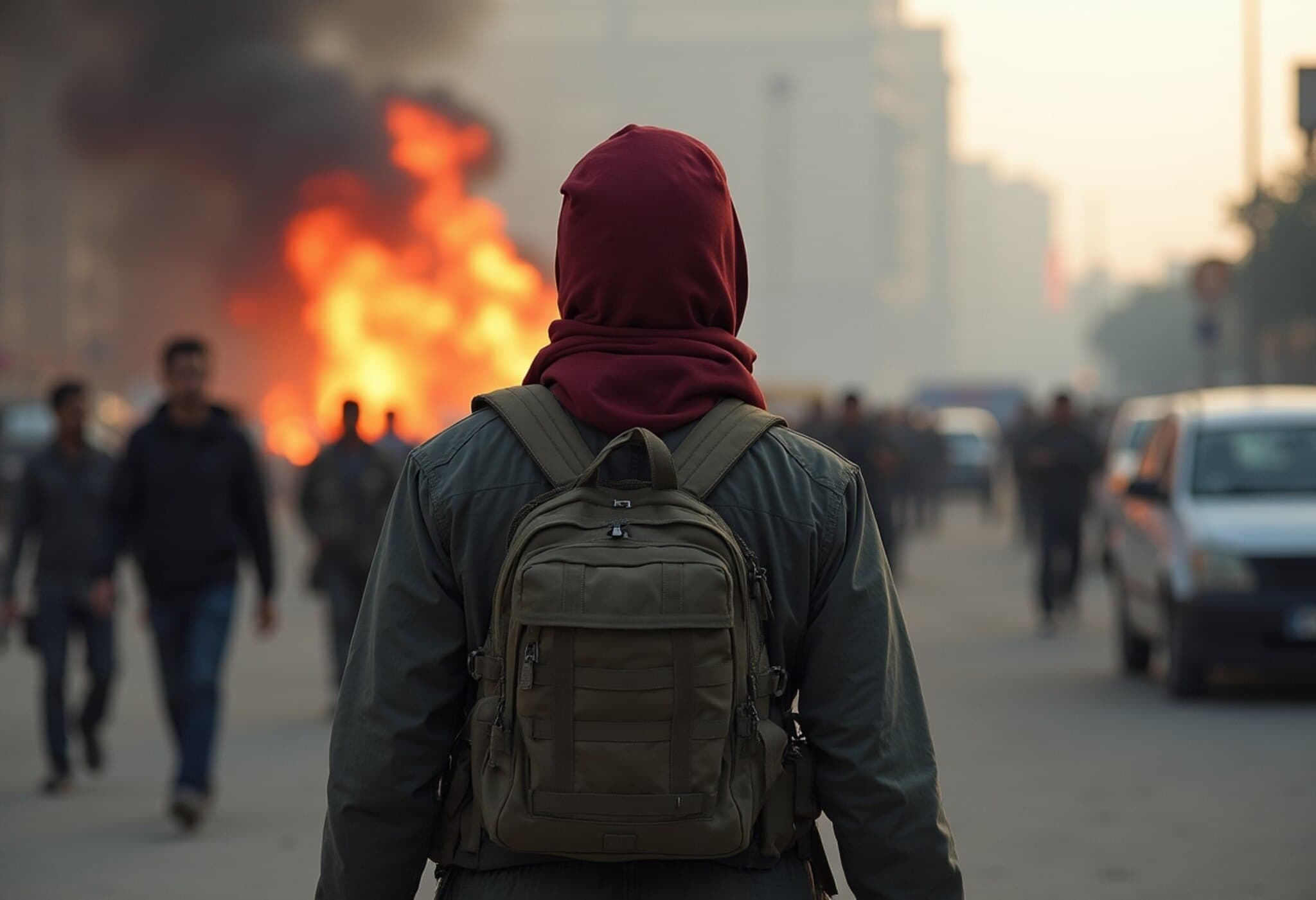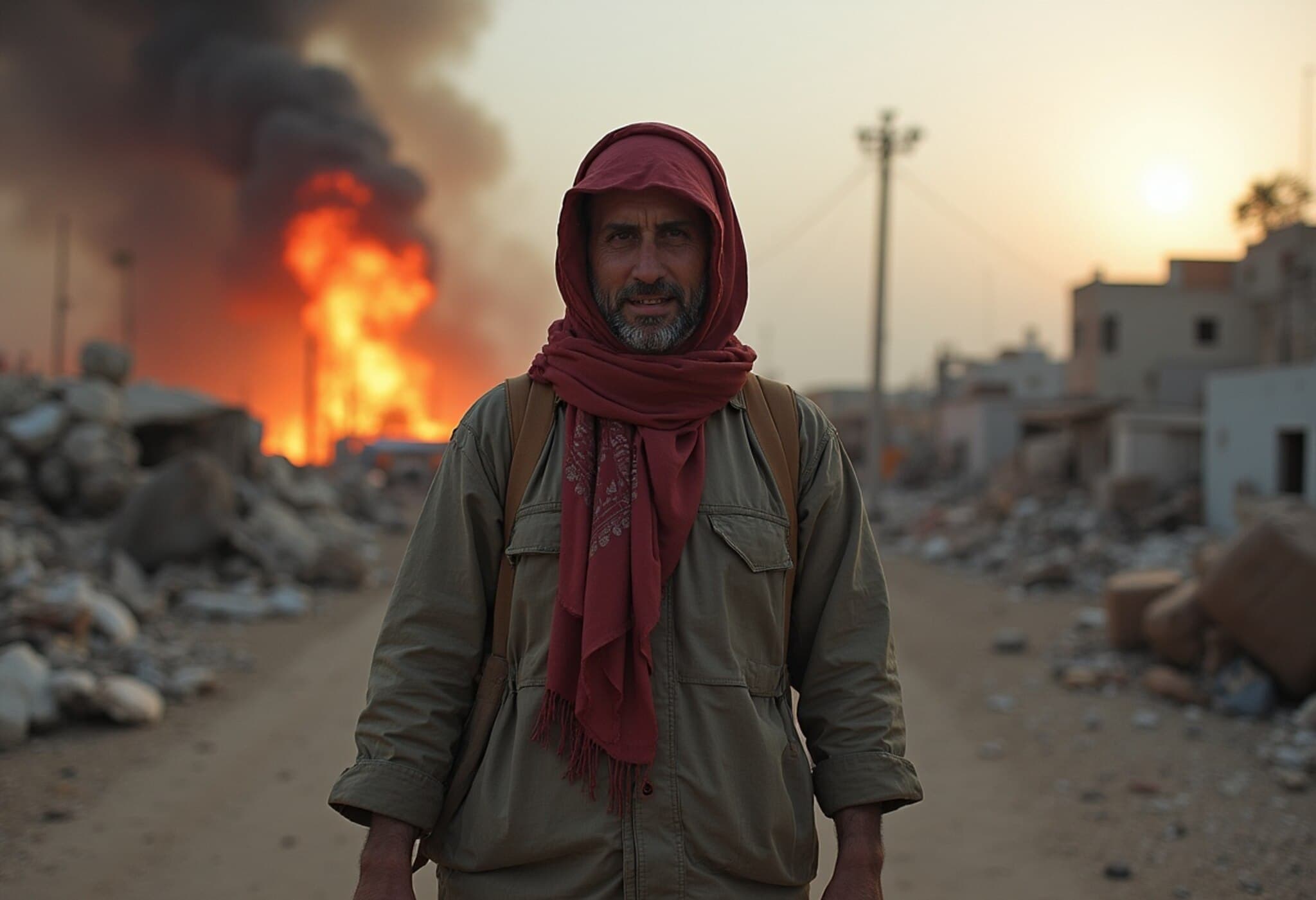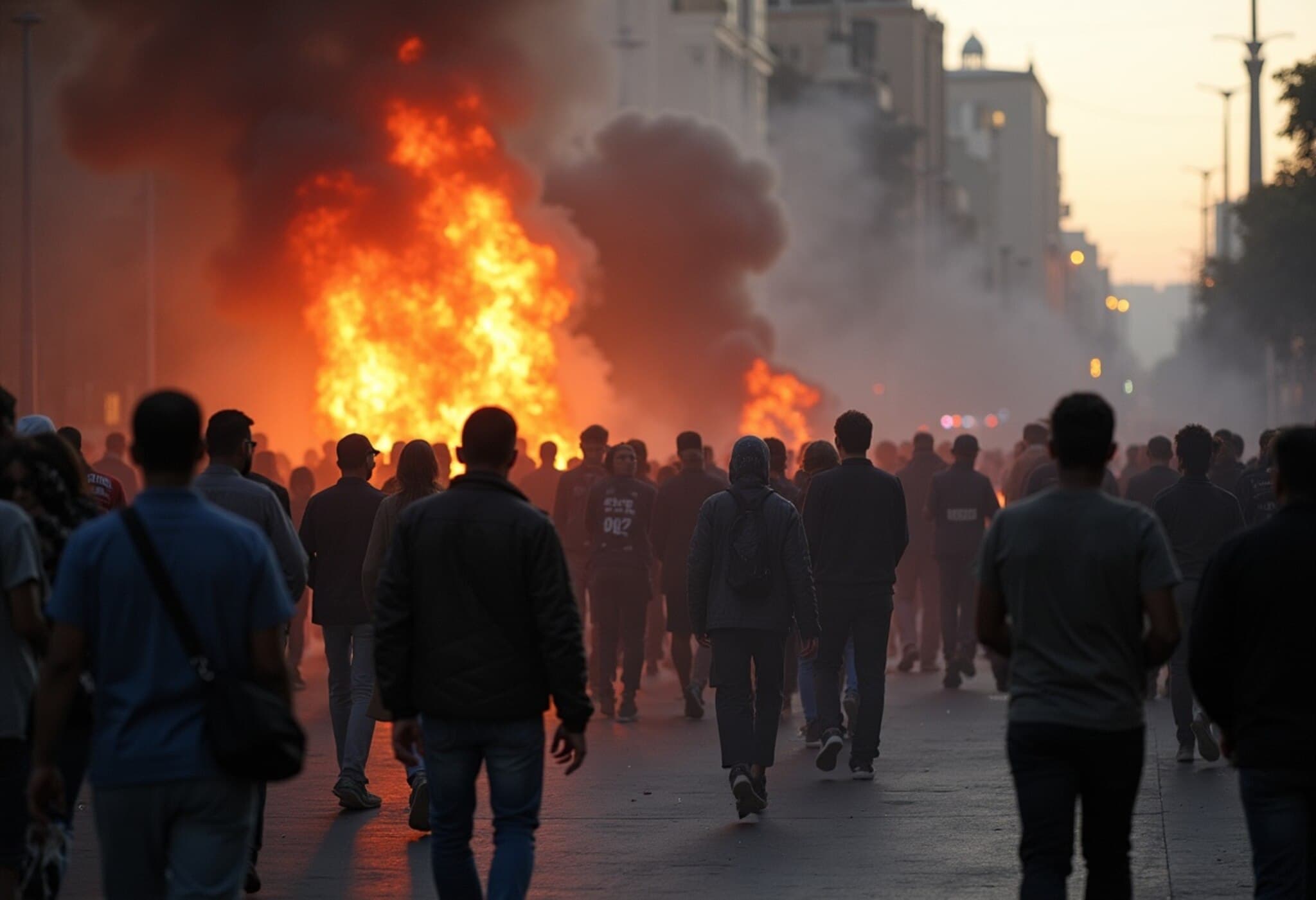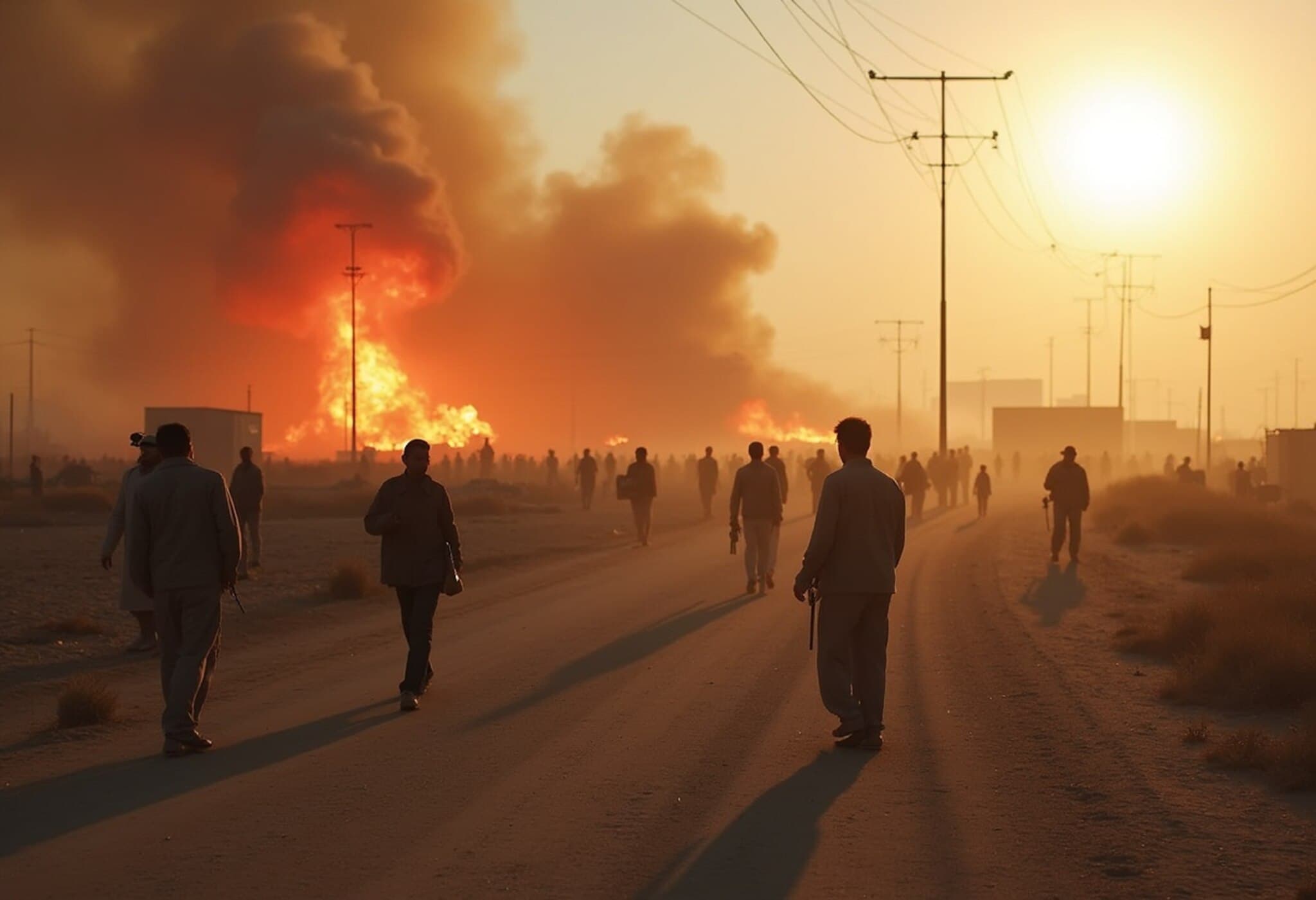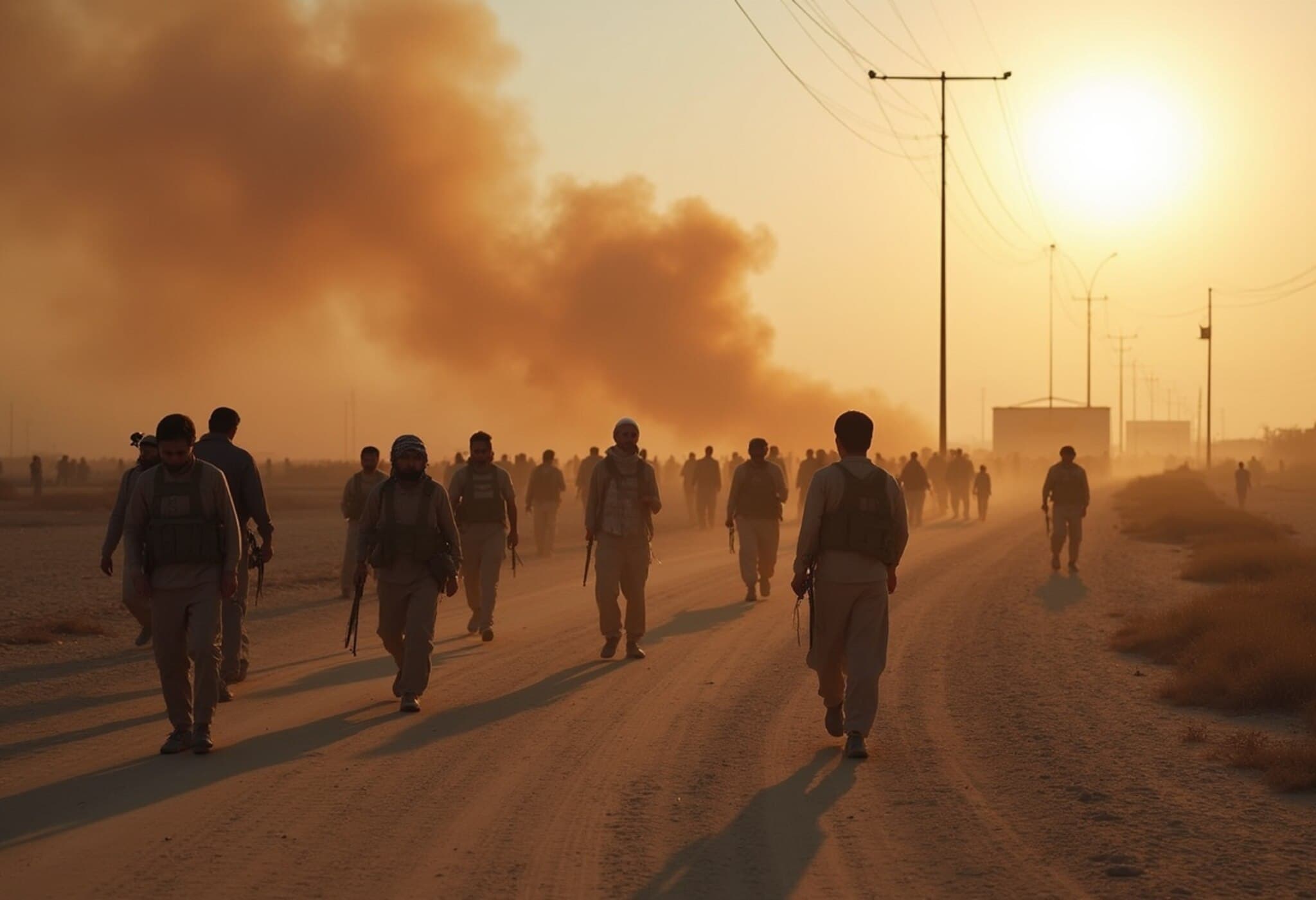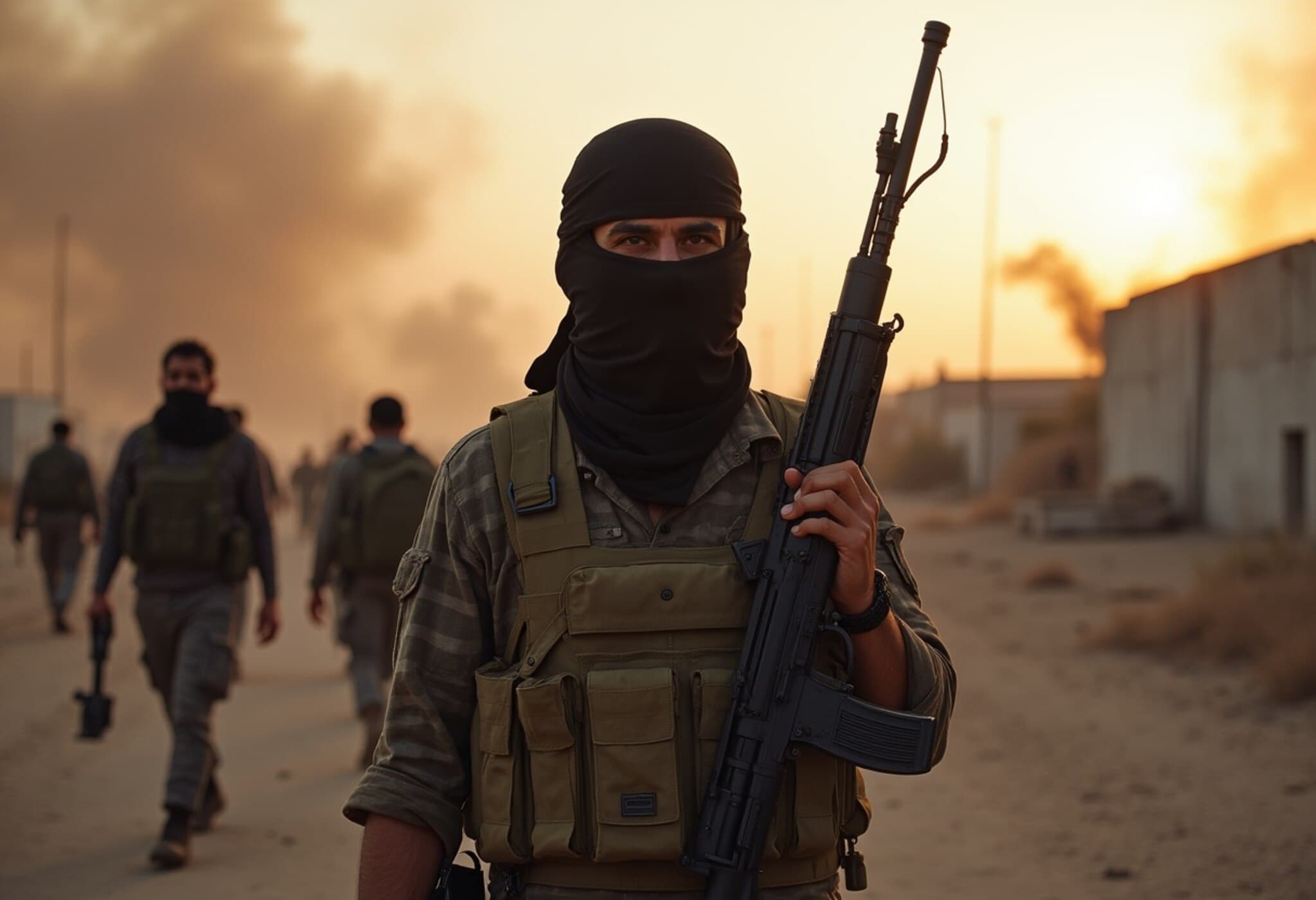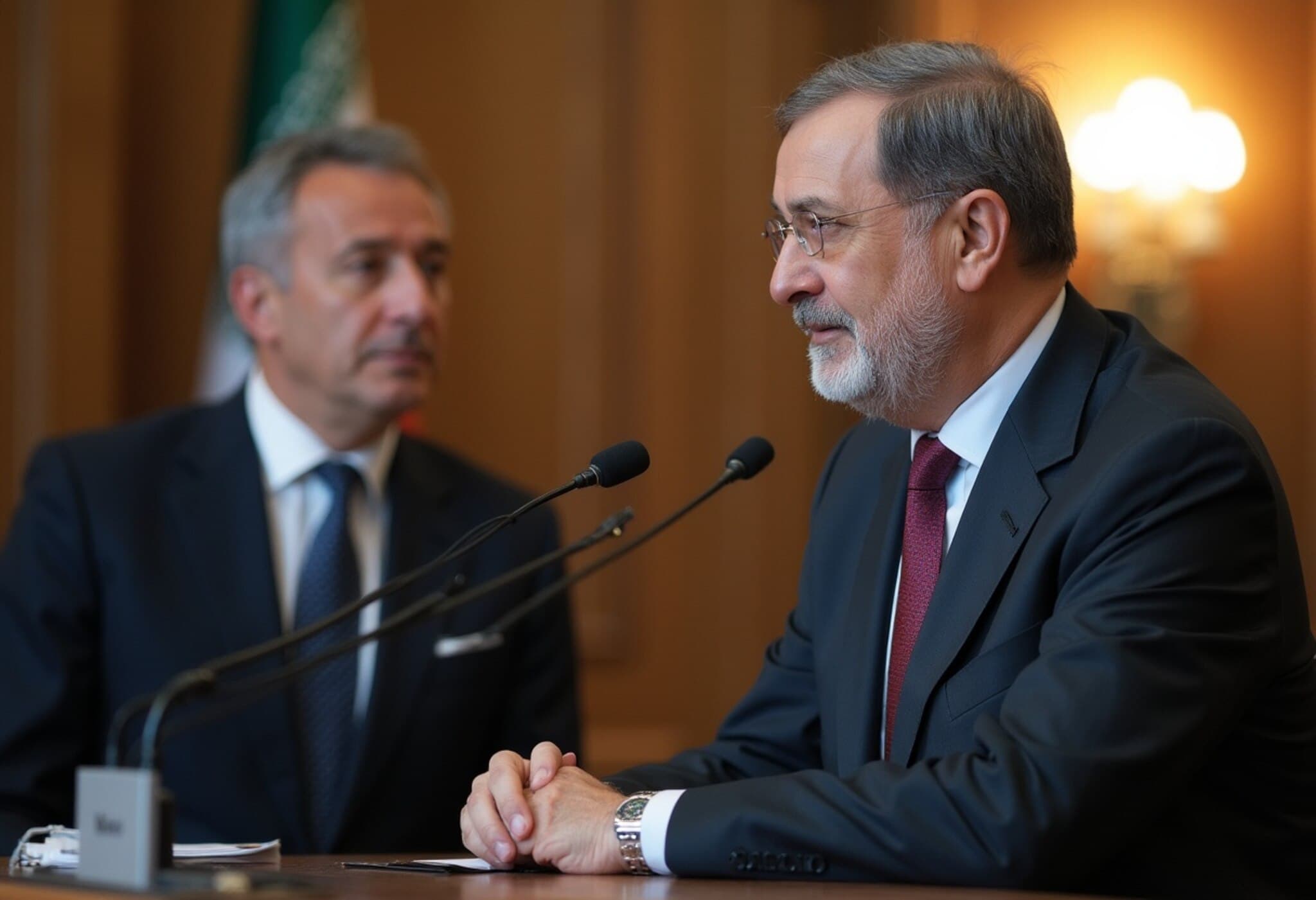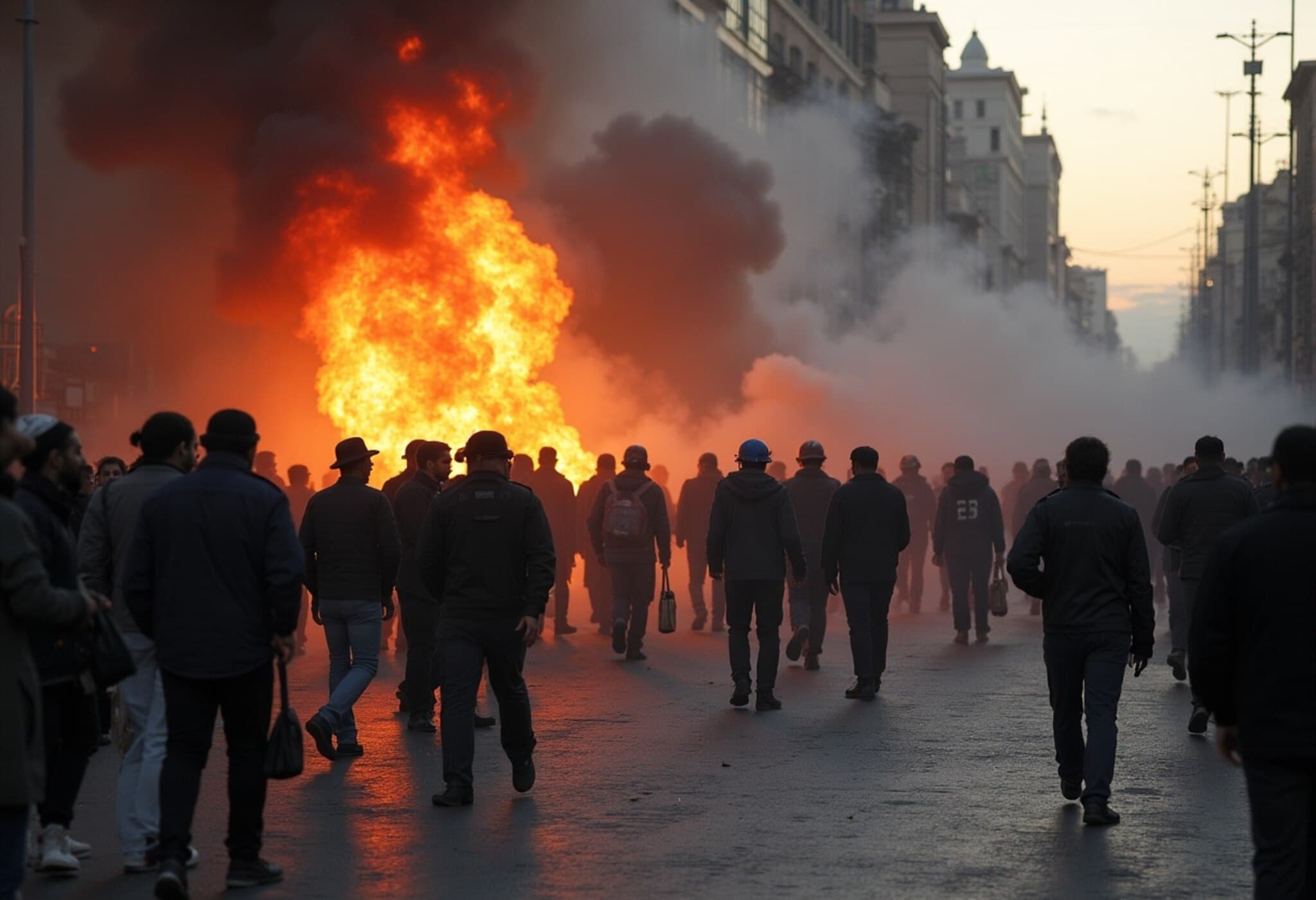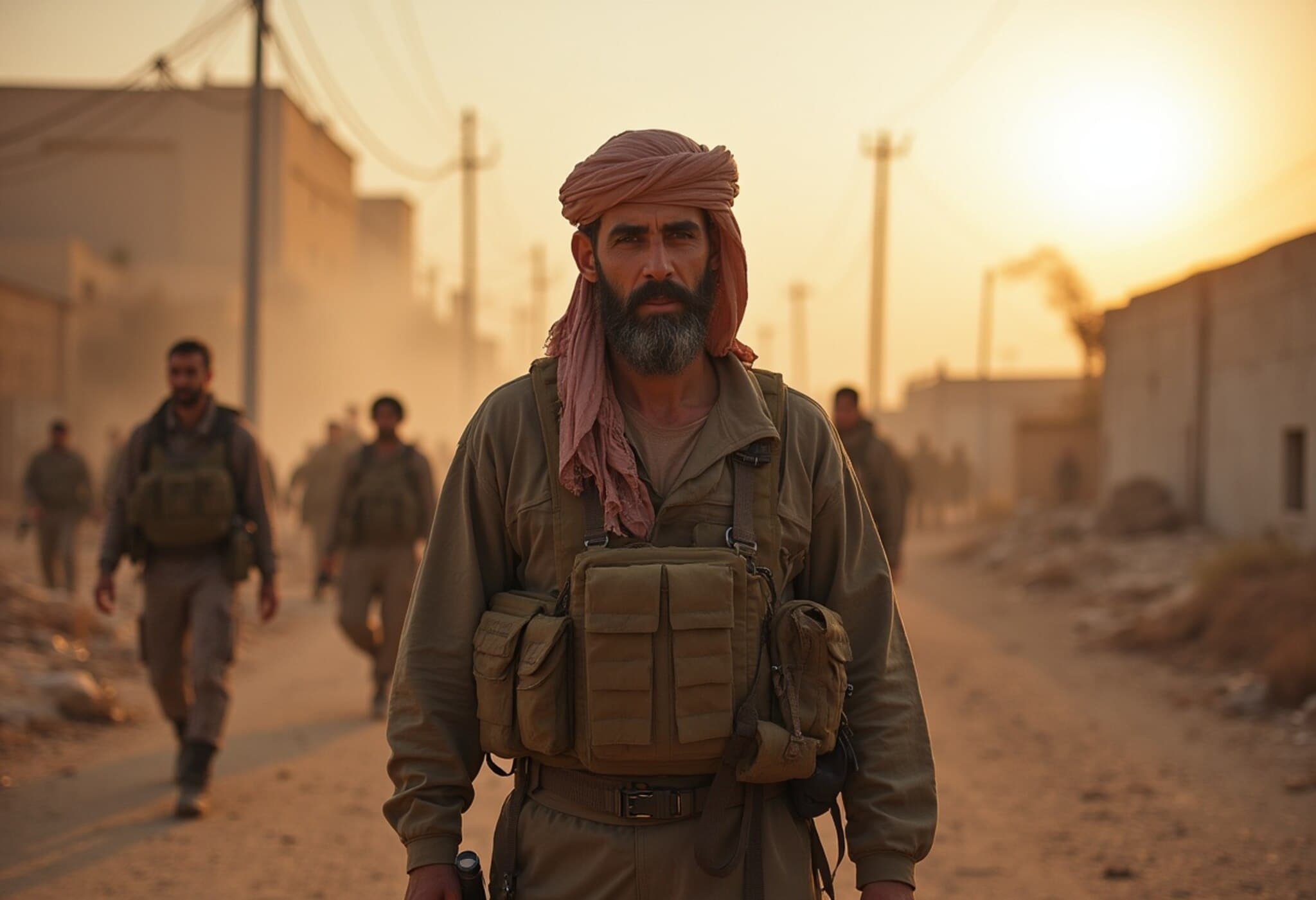Israel Launches Second Airstrike on Syrian Defense Ministry in Damascus
On July 16, 2025, Israel escalated its response to ongoing violence against the Druze minority in Syria's southern Sweida province by conducting a second round of airstrikes targeting the Syrian defense ministry near the presidential palace in Damascus. This attack follows Israel’s prior warnings to Syrian leader Ahmed al-Sharaa to halt the brutal crackdown on the Druze community.
Context: Rising Tensions and Violence Against the Druze Community
In recent weeks, the southern Sweida region of Syria, home to a significant Druze population, has witnessed deadly clashes. Pro-regime forces, reportedly backed by the Syrian military, have been involved in violent operations that reportedly led to the deaths of at least 248 people, including 92 members of the Druze minority, according to the Syrian Observatory for Human Rights (SOHR).
Ahmed al-Sharaa, Syria’s regional leader, has claimed military deployment aimed at stabilizing the province. However, eyewitness accounts and independent monitors suggest that Syrian forces sided with Sunni militias in suppressing the Druze, sparking fears of targeted ethnic or sectarian persecution.
Israel’s Position and Military Response
Israel’s military shared aerial footage of the strikes, emphasizing that the Syrian army commands the deployment of forces in the Sweida area from the Damascus General Staff compound. The Israeli Defense Forces (IDF) stated that they struck military targets near the presidential palace and other Syrian regime sites to disrupt command and control structures involved in the attacks on the Druze.
Since the beginning of heightened tensions, Israel has reportedly conducted more than 160 airstrikes inside Syria aimed at deterring pro-regime fighters and stopping the violence against the Druze community.
Israeli Defense Minister Israel Katz stated: "We have made clear and warned, Israel will not abandon the Druze in Syria and will enforce the demilitarisation policy we have decided on." He also urged al-Sharaa to "leave the Druze in Sweida alone."
Regional Implications and Underreported Dynamics
The Druze, an often overlooked minority in the complex sectarian tapestry of Syria, have historically maintained a delicate balance with various powers in the region. The recent surge in violence has raised alarms among regional and international observers about a potential escalation in sectarian strife.
Moreover, Israel’s military interventions highlight the country's strategic interest in preventing the consolidation of hostile armed groups near its borders, especially those aligned with Iran and the Syrian regime. These strikes also send a political message underscoring Israel's commitment to protect minority groups potentially vulnerable within Syria’s fractured landscape.
Questions Beyond the Headlines
- What are the long-term consequences of repeated Israeli airstrikes on Syria’s sovereignty and regional stability?
- How might Syria’s internal sectarian dynamics shift if violence against minorities like the Druze continues unchecked?
- Can international actors play a more effective role in safeguarding vulnerable communities without further militarizing the conflict?
Conclusion
Israel’s recent airstrikes on the Syrian defense ministry mark a significant intensification of its efforts to protect the Druze community amid mounting violence in southern Syria. This military action reflects broader regional complexities, where ethnic, sectarian, and geopolitical interests intersect to shape the fate of marginalized groups in conflict zones.
Editor’s Note
The ongoing violence against the Druze minority reveals the fragile undercurrents within Syria’s war-torn society that often escape international headlines. Israel’s military involvement underscores the urgency and complexity of protecting minority rights in conflict zones, raising critical questions about the balance between sovereignty, security, and humanitarian responsibility. Readers and policymakers alike should watch closely how these developments may affect not only Syria’s internal future but also the broader geopolitical landscape of the Middle East.

